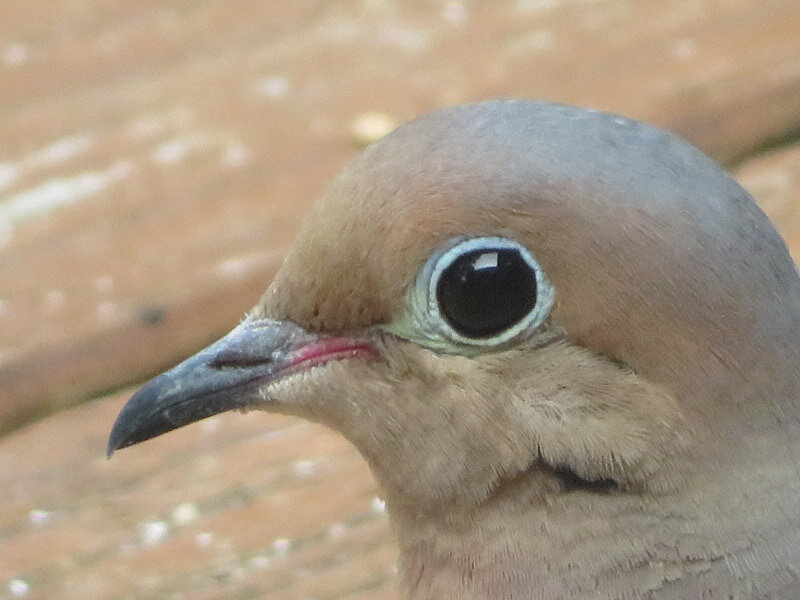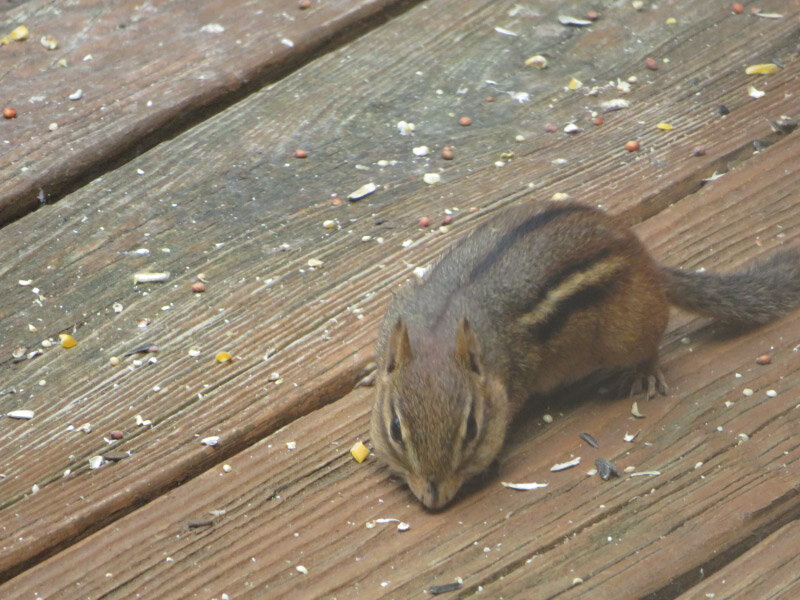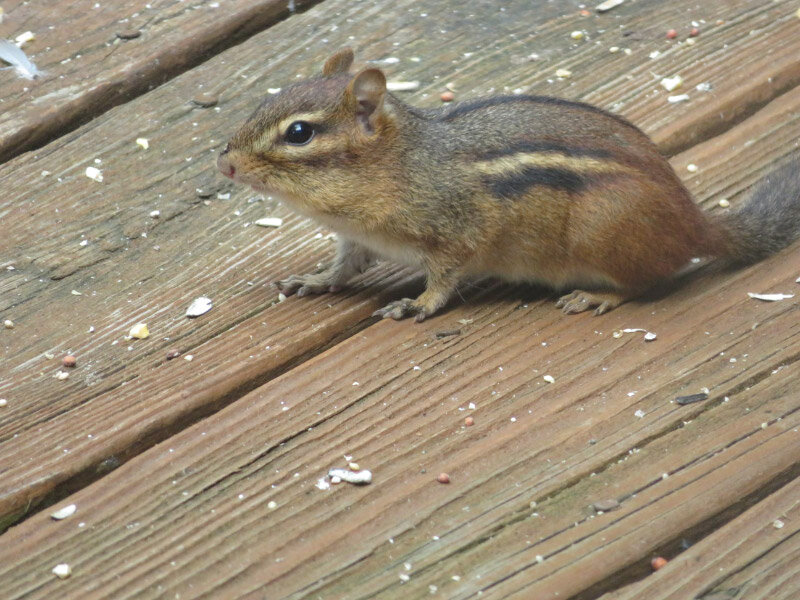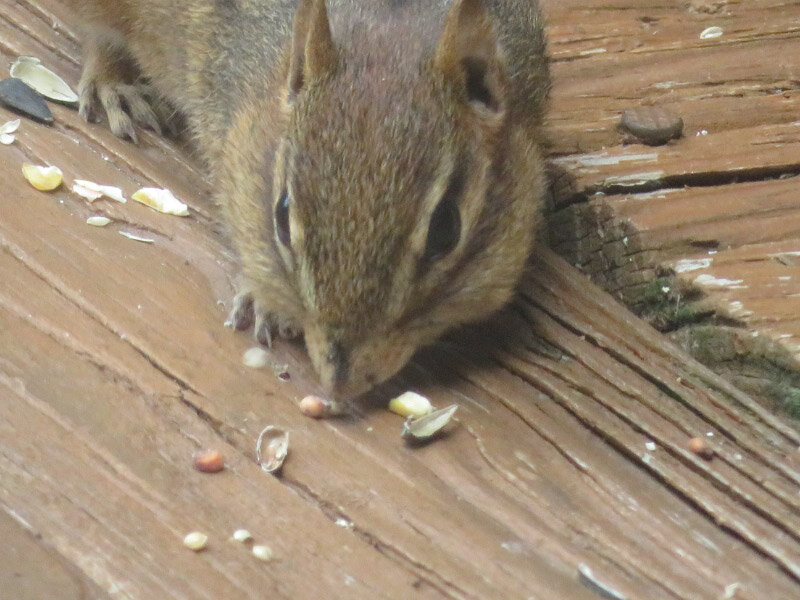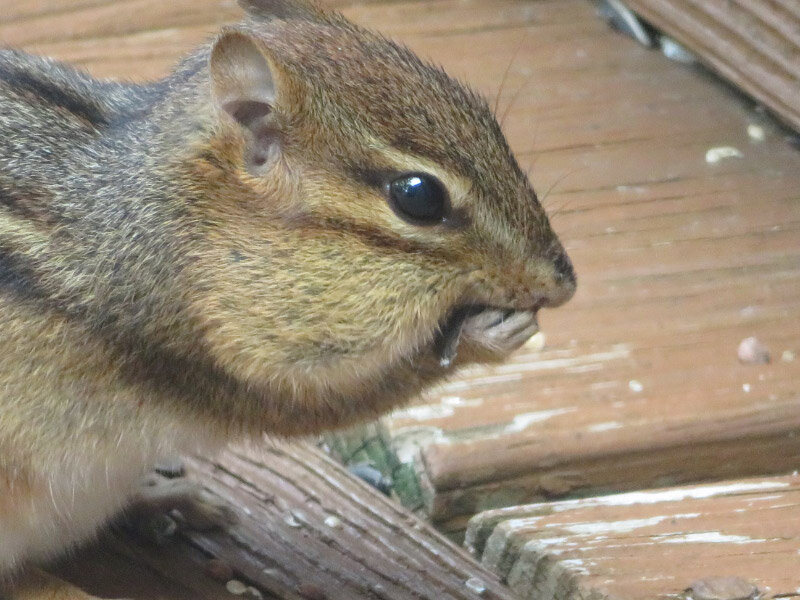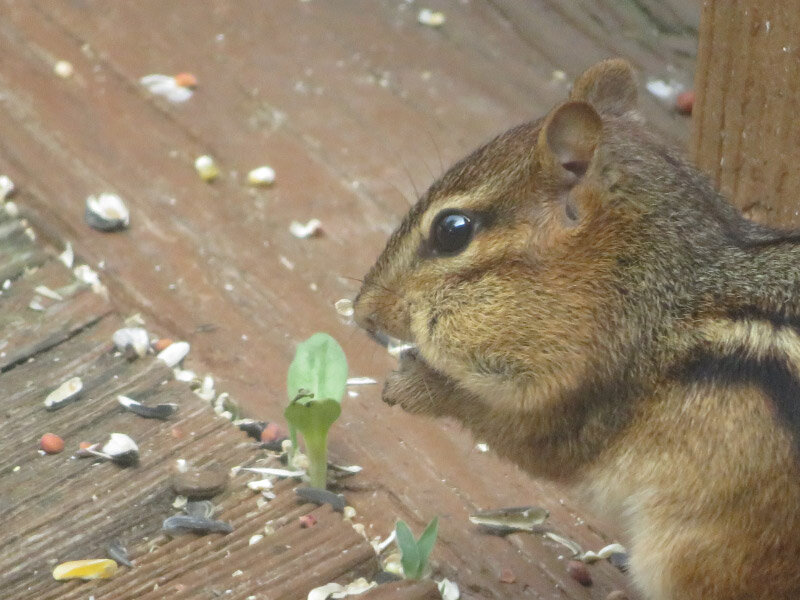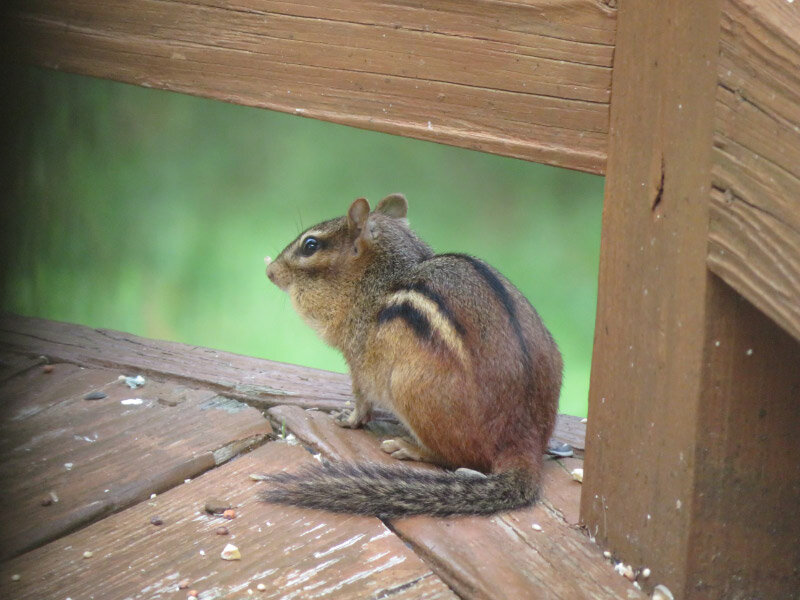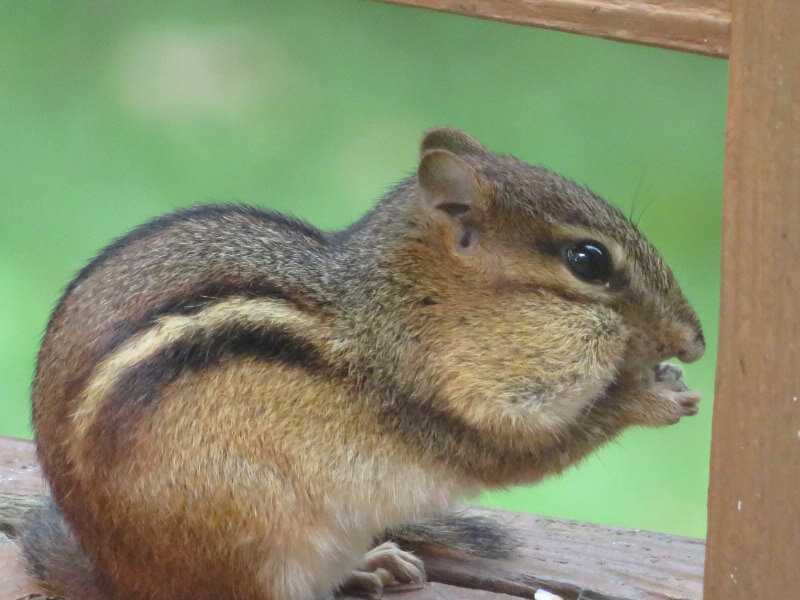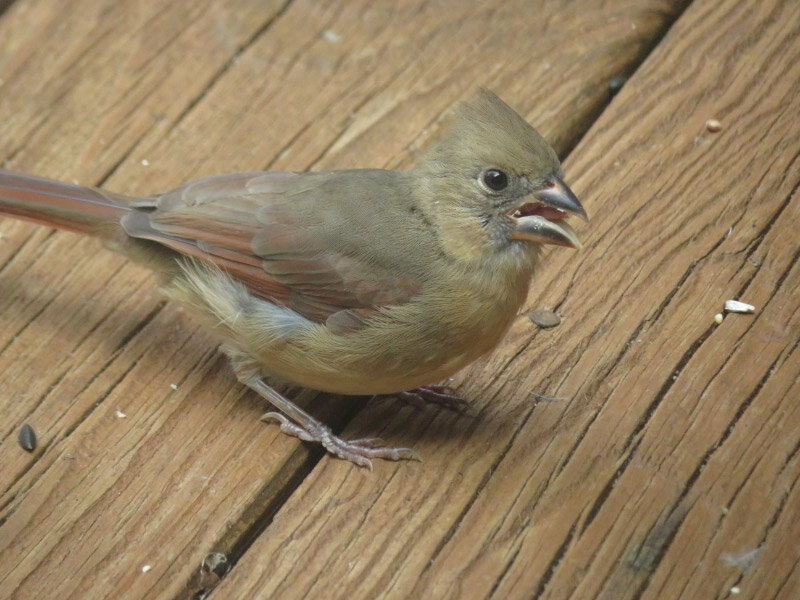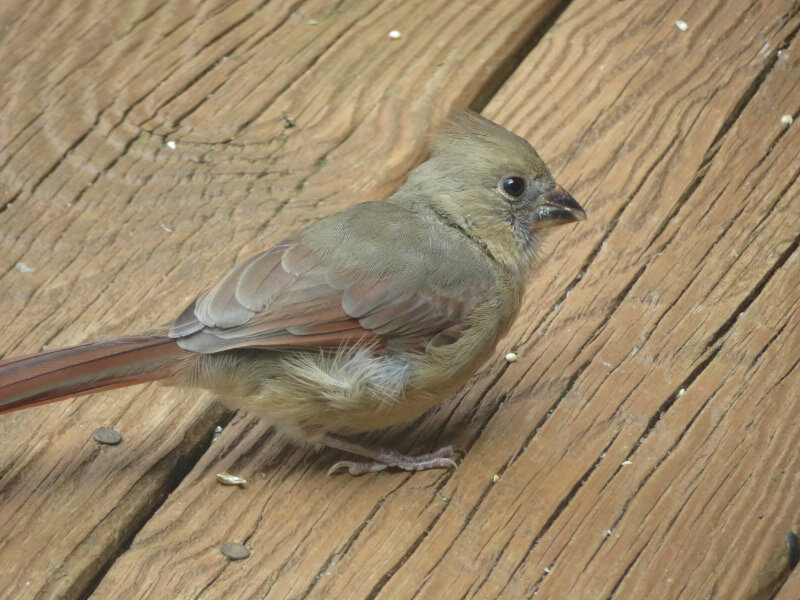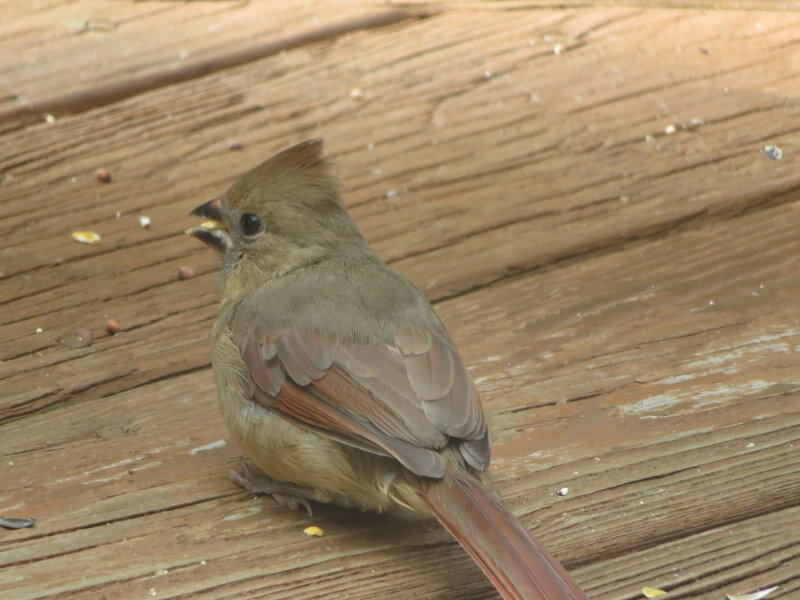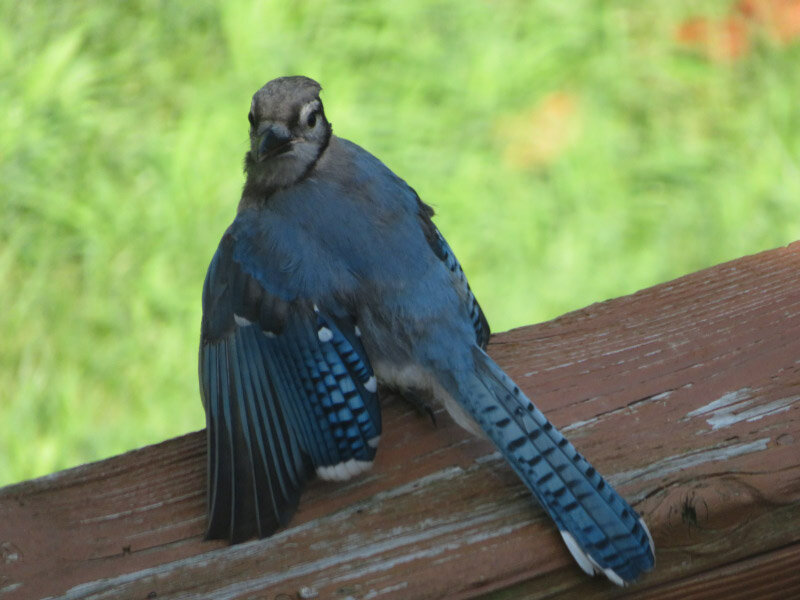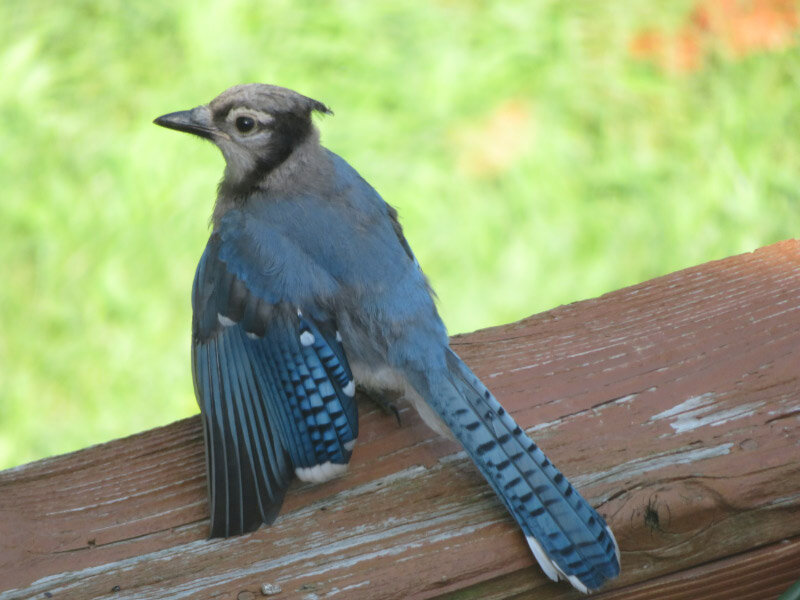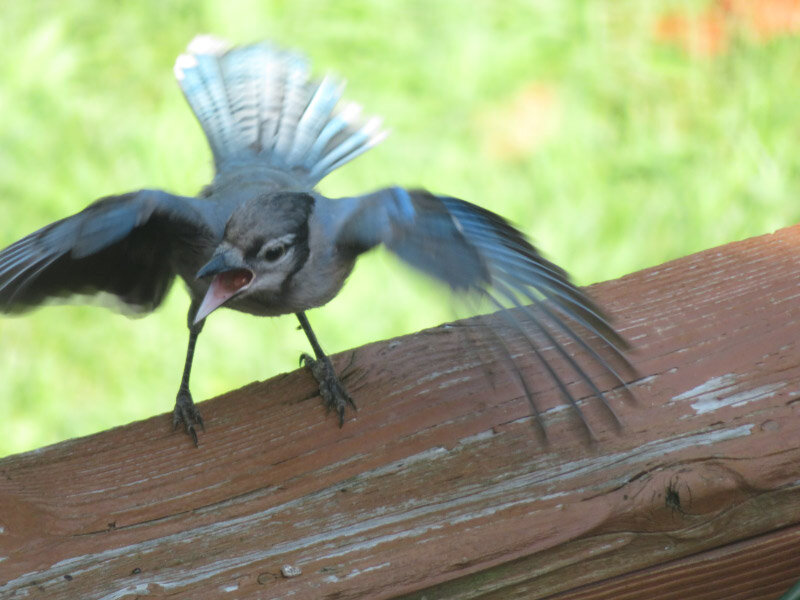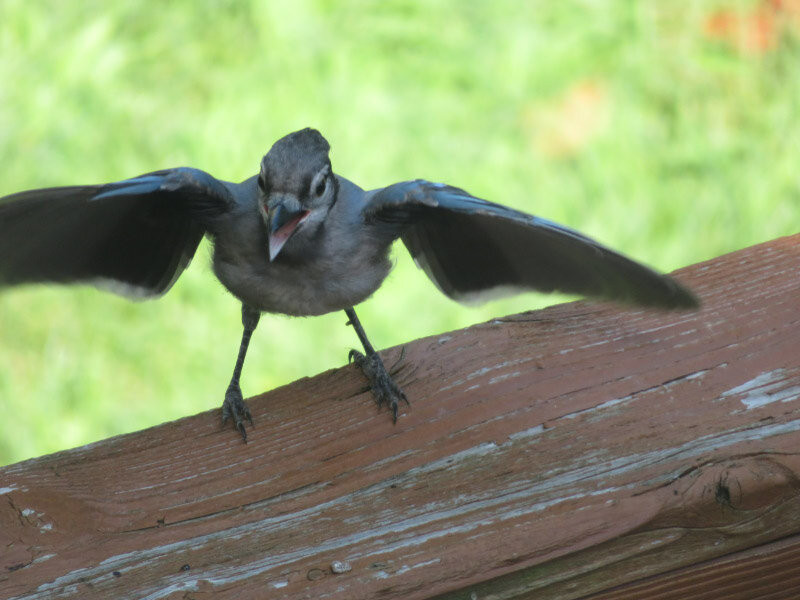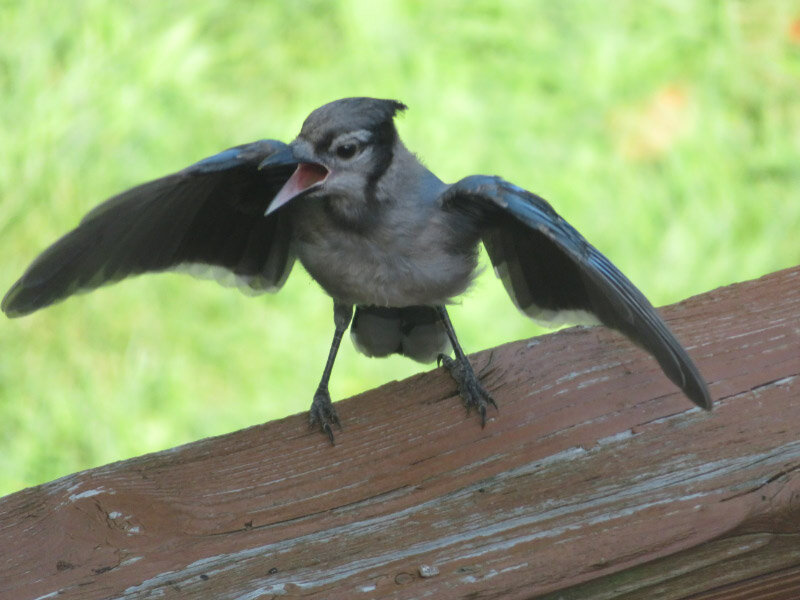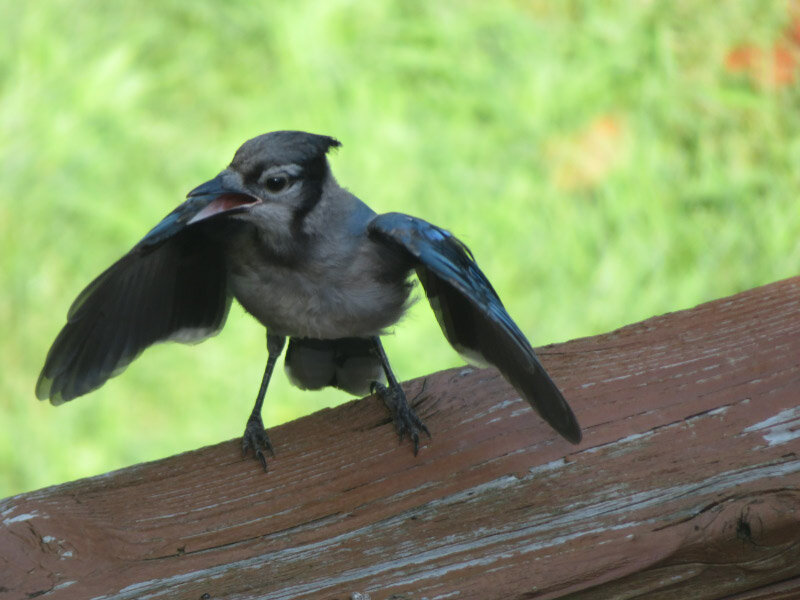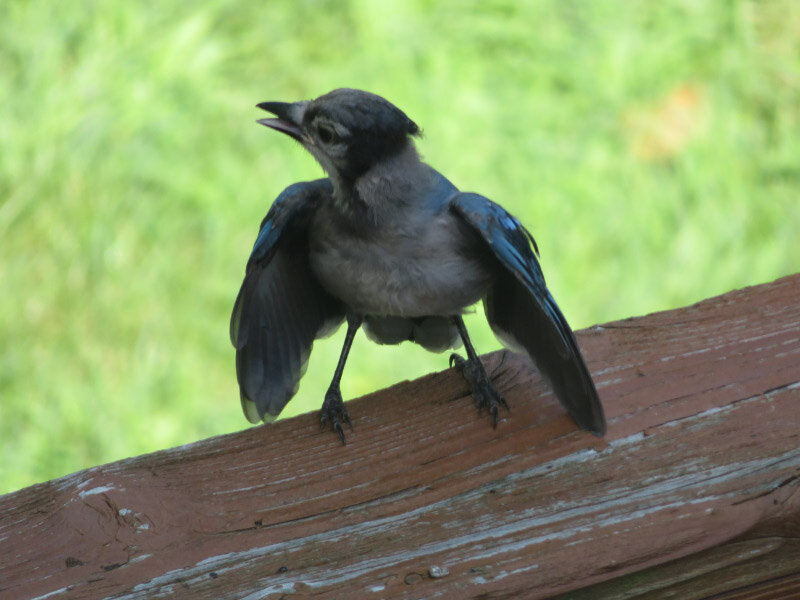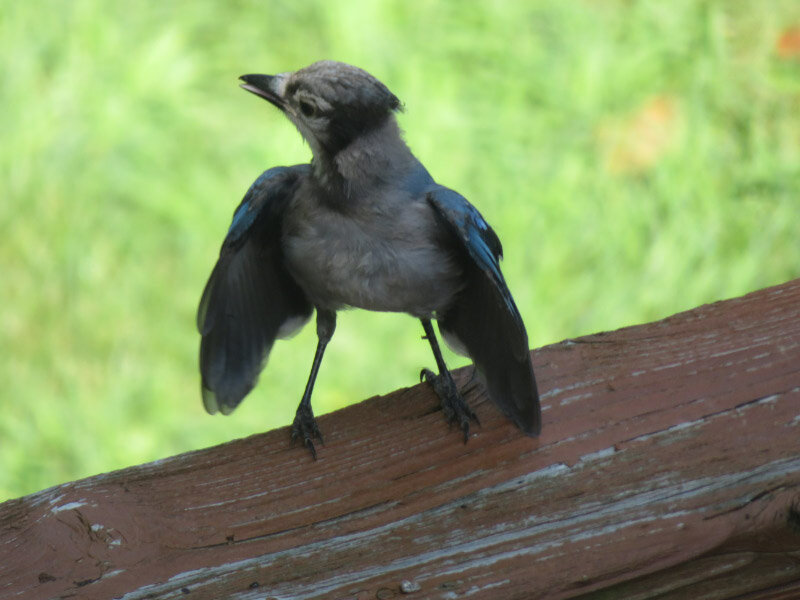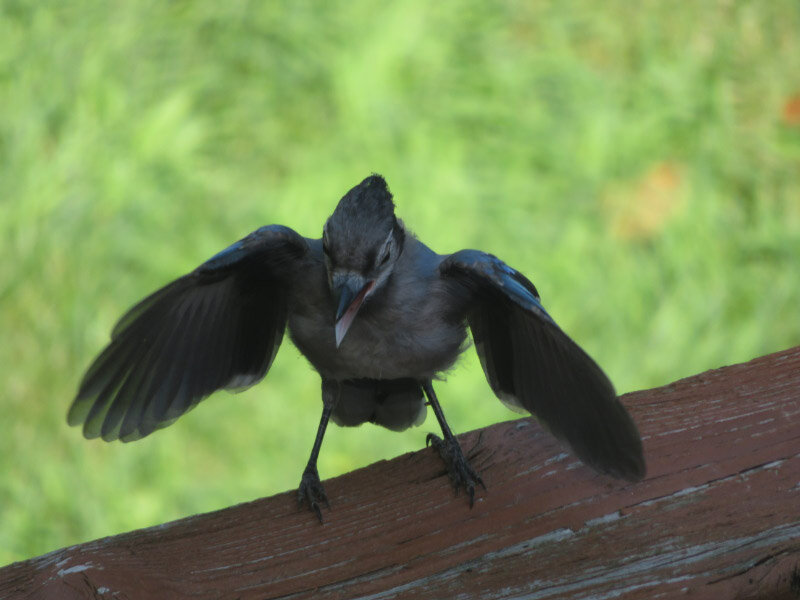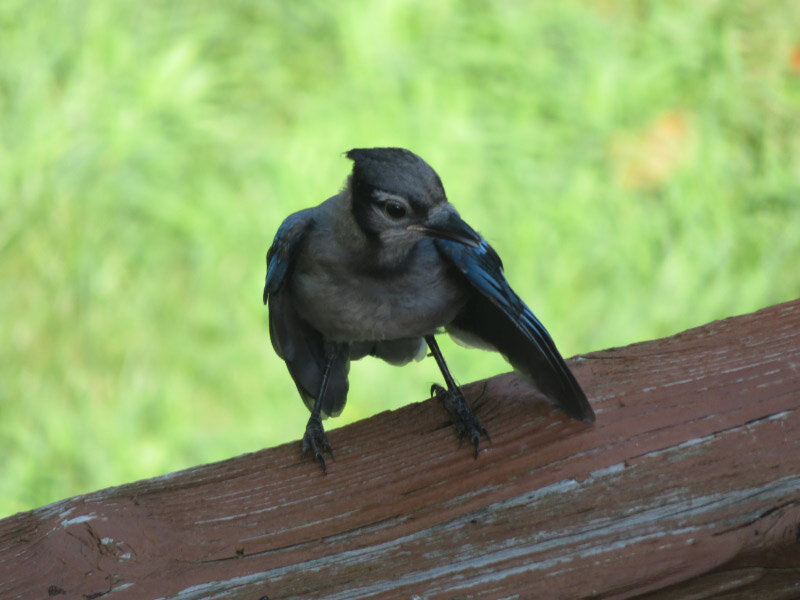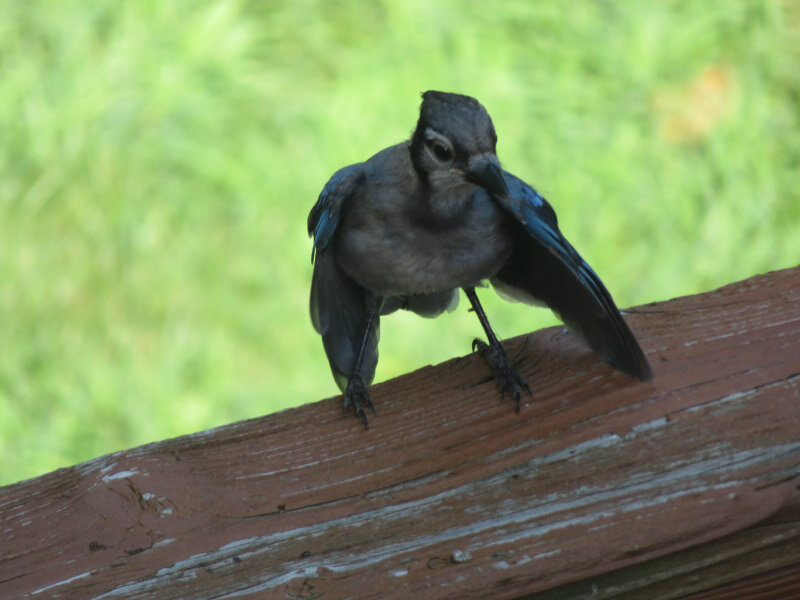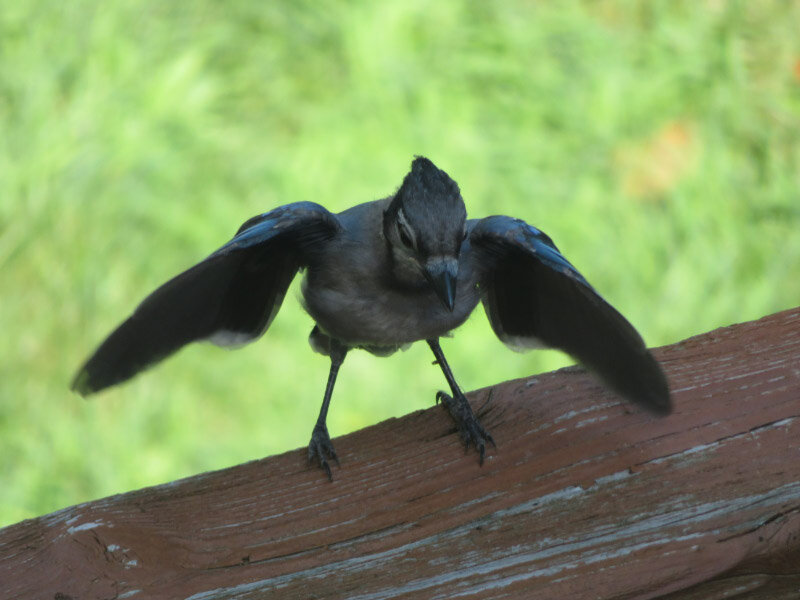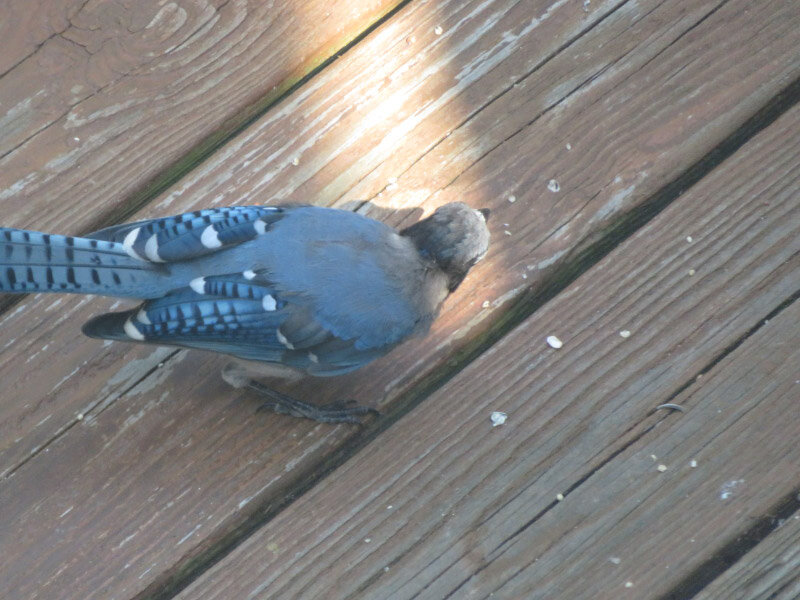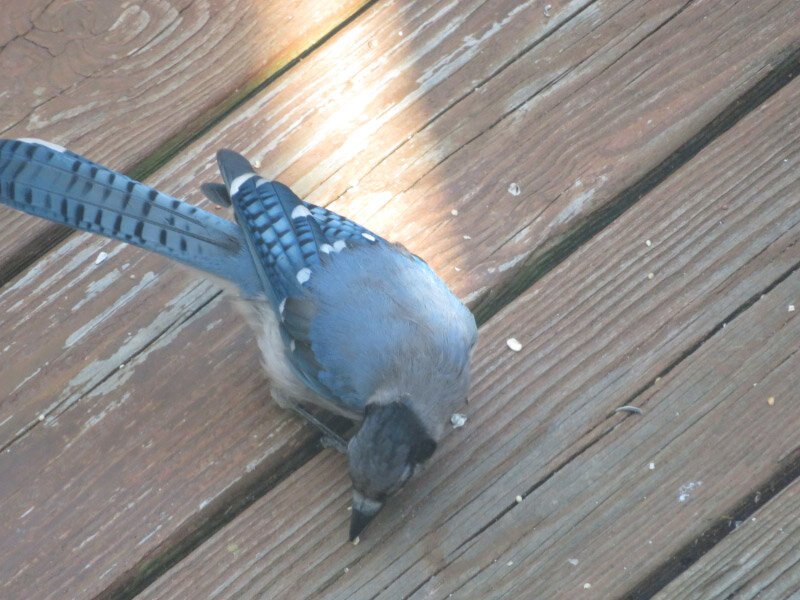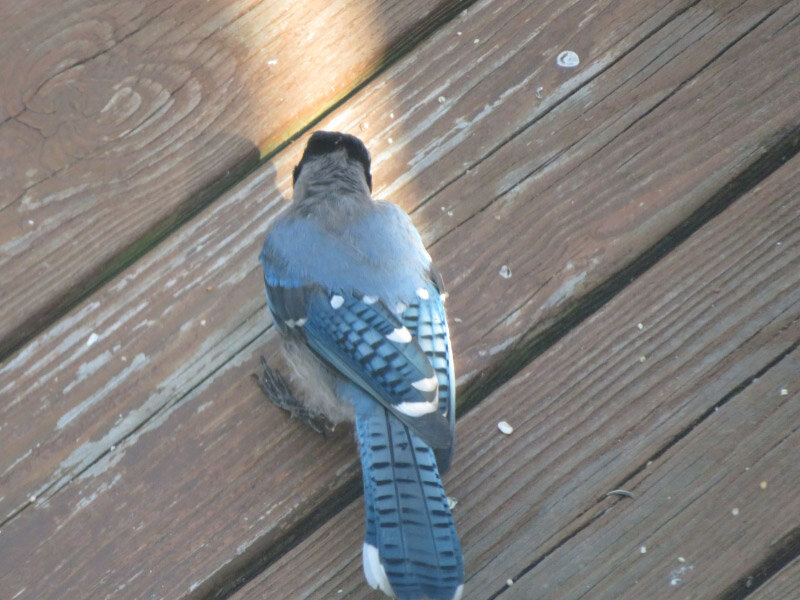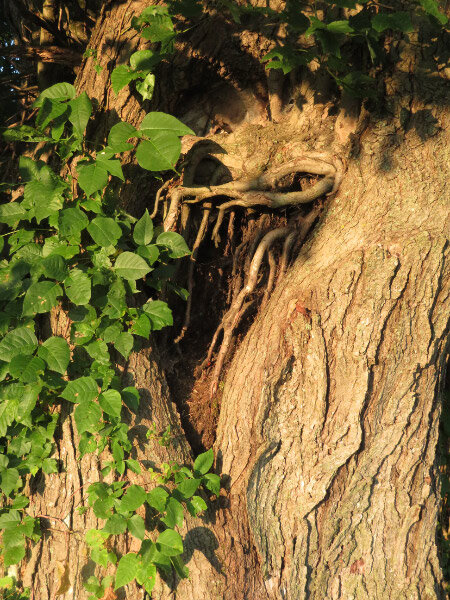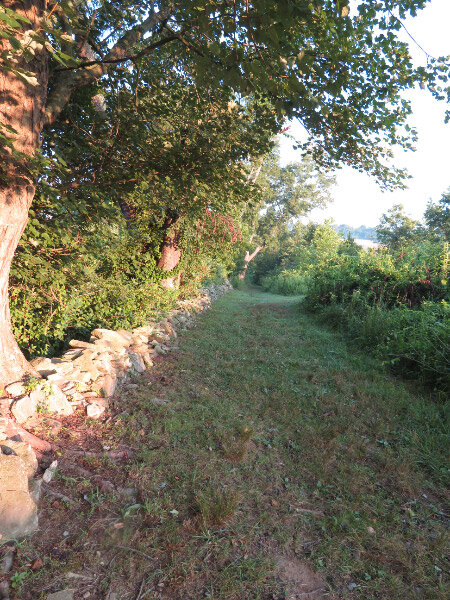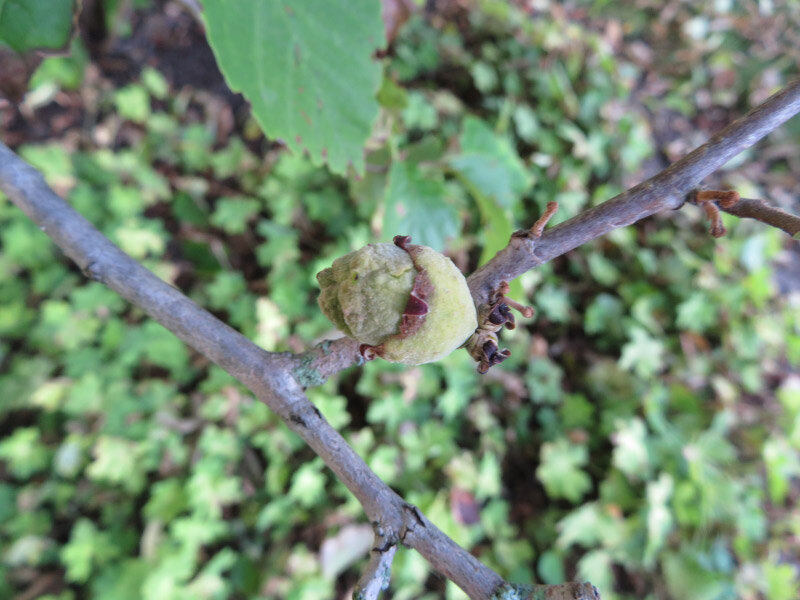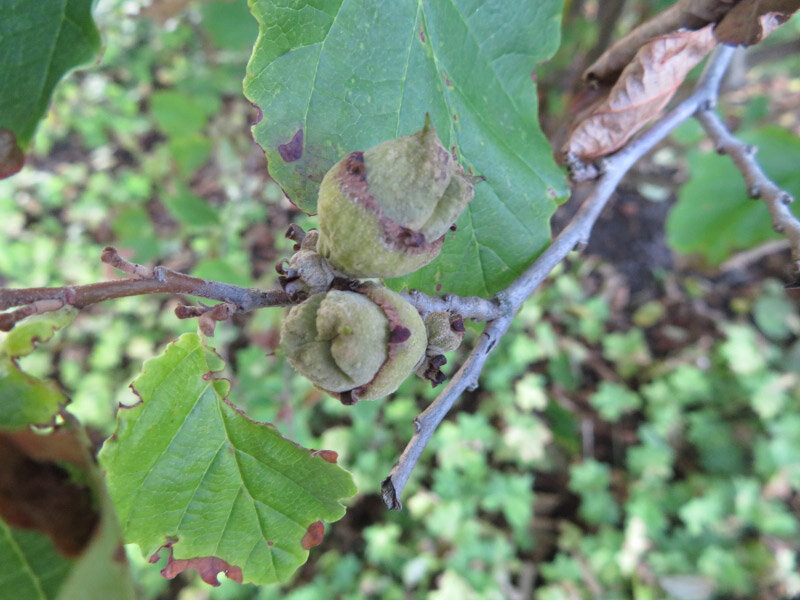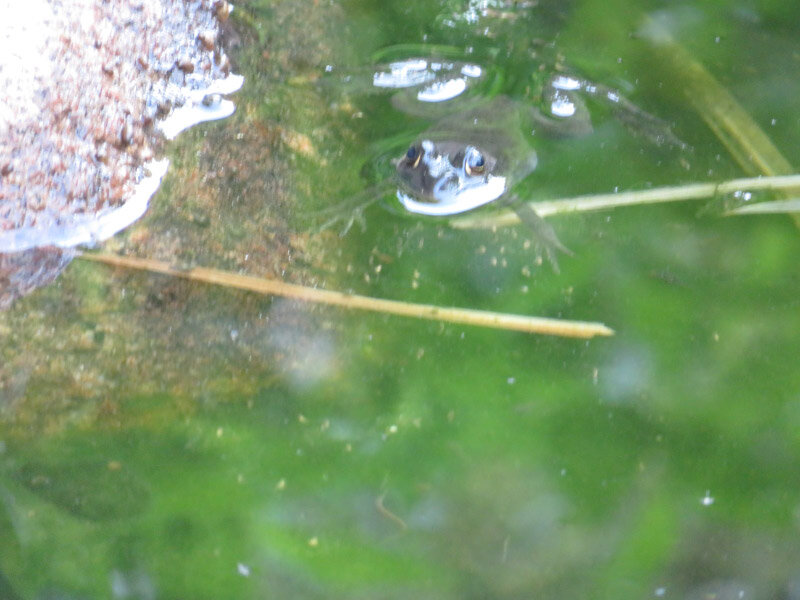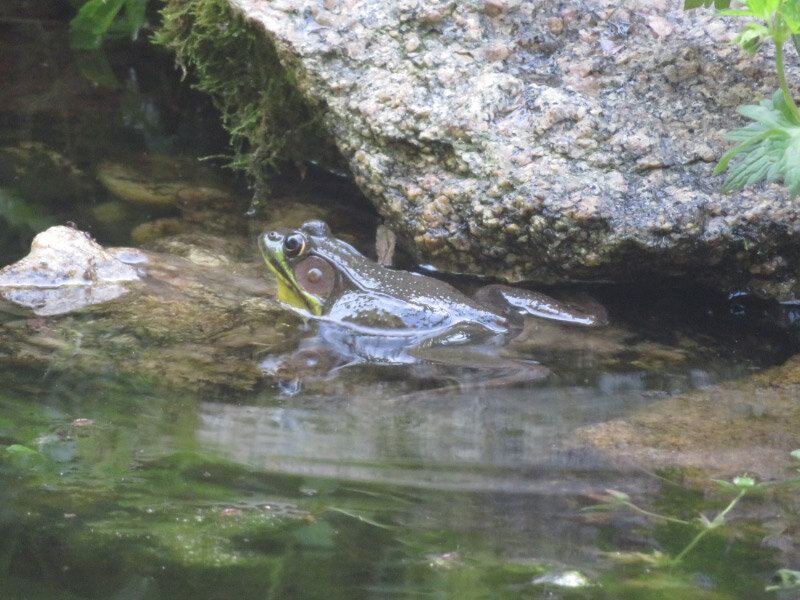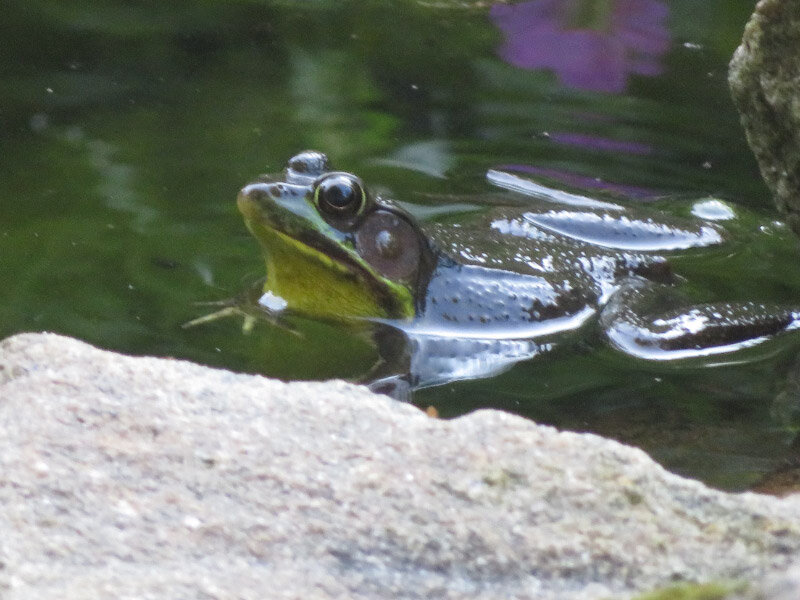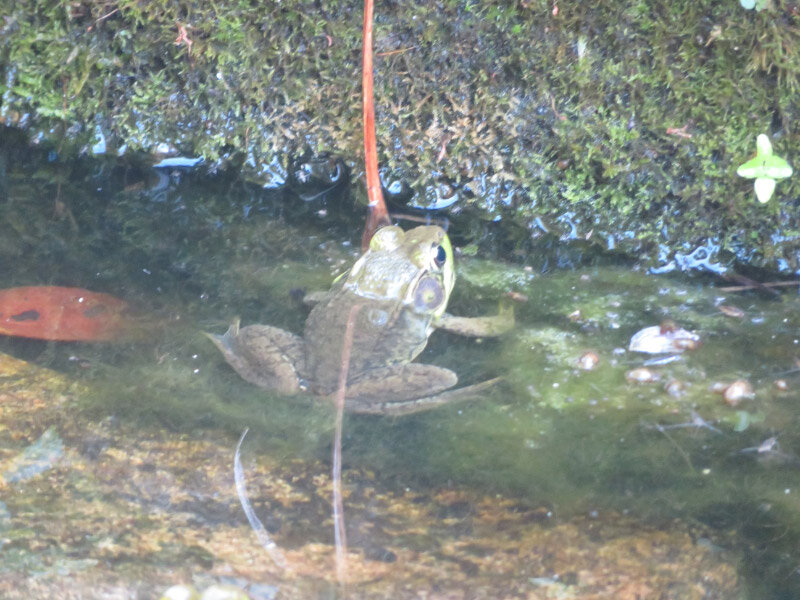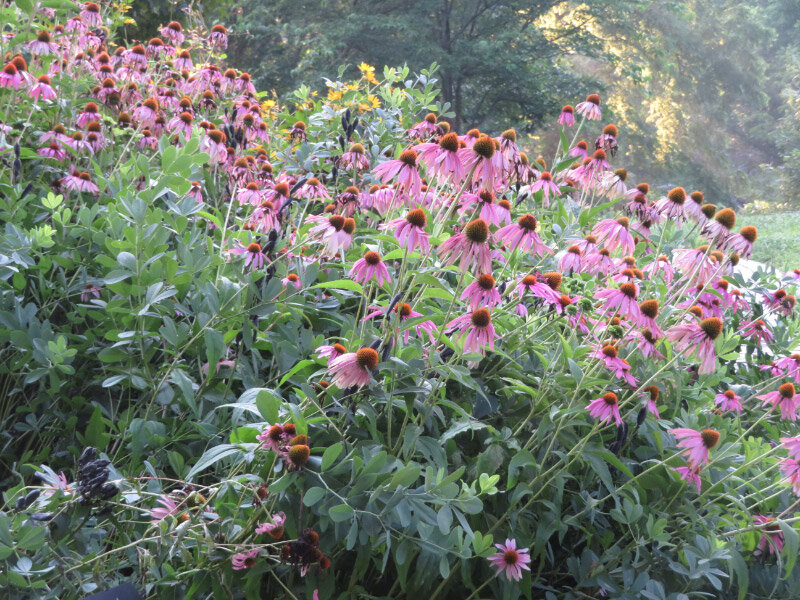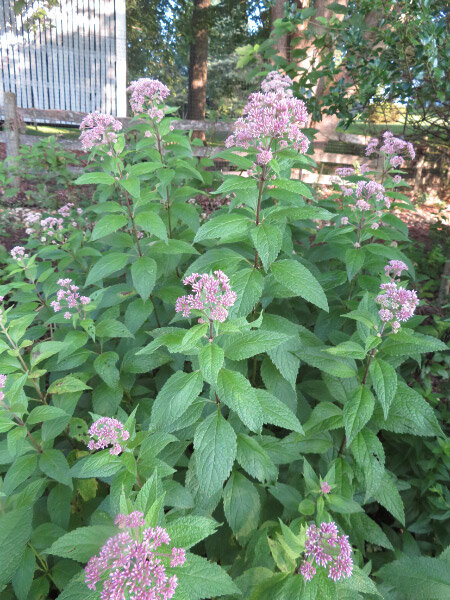Gleanings of the Week Ending January 29, 2022
/The items below were ‘the cream’ of the articles and websites I found this past week. Click on the light green text to look at the article.
Photography In the National Parks: My 10 Favorite Shots From 2021 – I only went to one national park in 2021: New River Gorge (in West Virginia). There are so many beautiful National Parks to see…and they’re worth seeing again and again.
Big Gulp: Blue Catfish Eat Wood Duck – We’ve seen fishermen catch blue catfish at the base of Conowingo Dam (we’re there for the bald eagles). They are huge…sorry to learn that they eat ducks.
Top 25 birds of the week: Raptors! – How many of these live in your area of the world?
Air Pollution Makes It Harder for Bees to Sniff Out Flowers – Not just a problem for bees…also moths, hoverflies and butterflies are having a harder time. This results in a 14-31% reduction in pollination among plants exposed to polluted air.
Ocean microplastic pollution may be greater than estimated – Not a good trend…and this form of pollution that is new enough that the full impact is still being discovered.
With Fewer Animals to Move Their Seeds, Plants Are Stuck in Threatened Habitats – Another way the world is becoming less resilient at a time when climate change is pushing all life to use all the resilience available.
Large Permian Basin Methane Leaks Are Causing As Much Climate Pollution as 500,000 Cars – It’s frustrating that the oil industry has not been a better steward of resources they are extracting for energy. The methane leaks are a waste of the effort put into extraction….and bad for the planet too.
Dinosaur food and Hiroshima bomb survivors: maidenhair trees are ‘living fossils’ and your new favorite plant – Learn more about the ginkgo tree! There is one along my walking route in my neighborhood and others I find in local gardens and parks near where I live. They are so different from other trees…worth noticing.
North Sea Fossil Fuel Companies Plan to Invest More in Wind than Oil Drilling – Hurray! Maybe other companies around the world begin to do this too….a strategic move for Shell, Total and BP.
Antimicrobial resistance now a leading cause of death worldwide, study finds – This challenge will increase over time…if we don’t take action to slow the development of resistance and develop new antimicrobial techniques (maybe we need more strategies than simply trying to develop new antibiotics).






